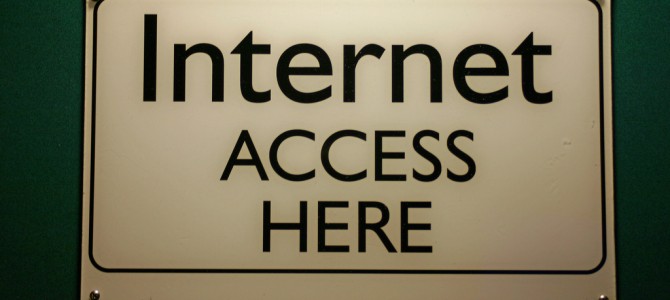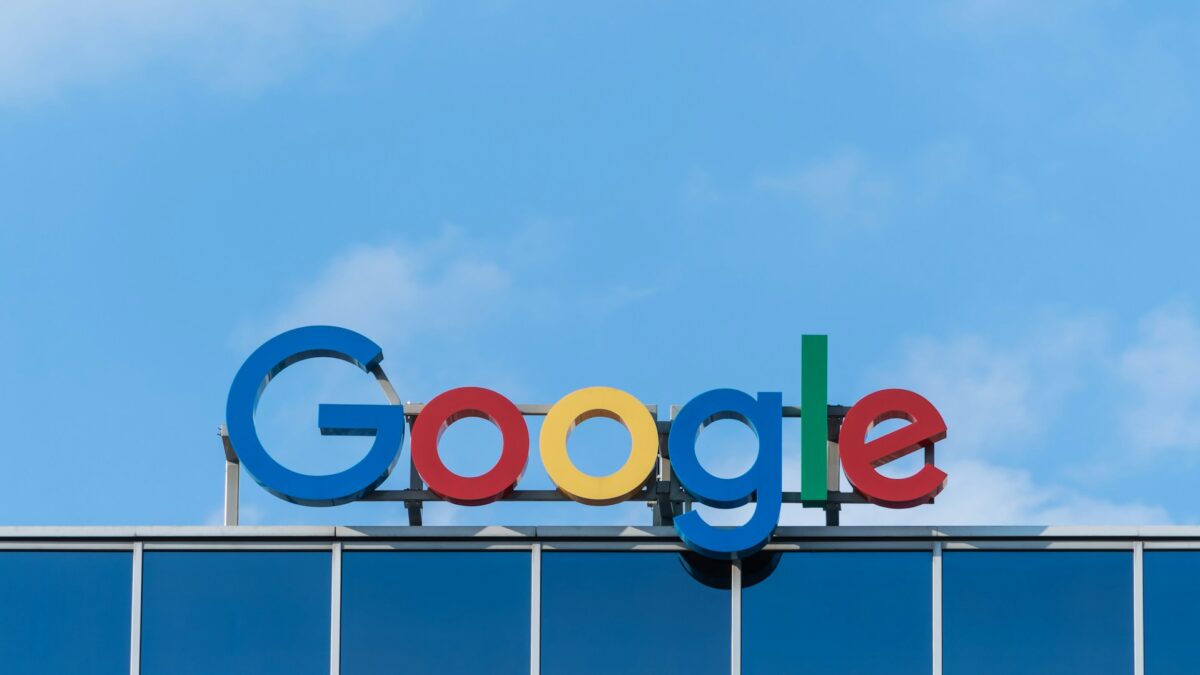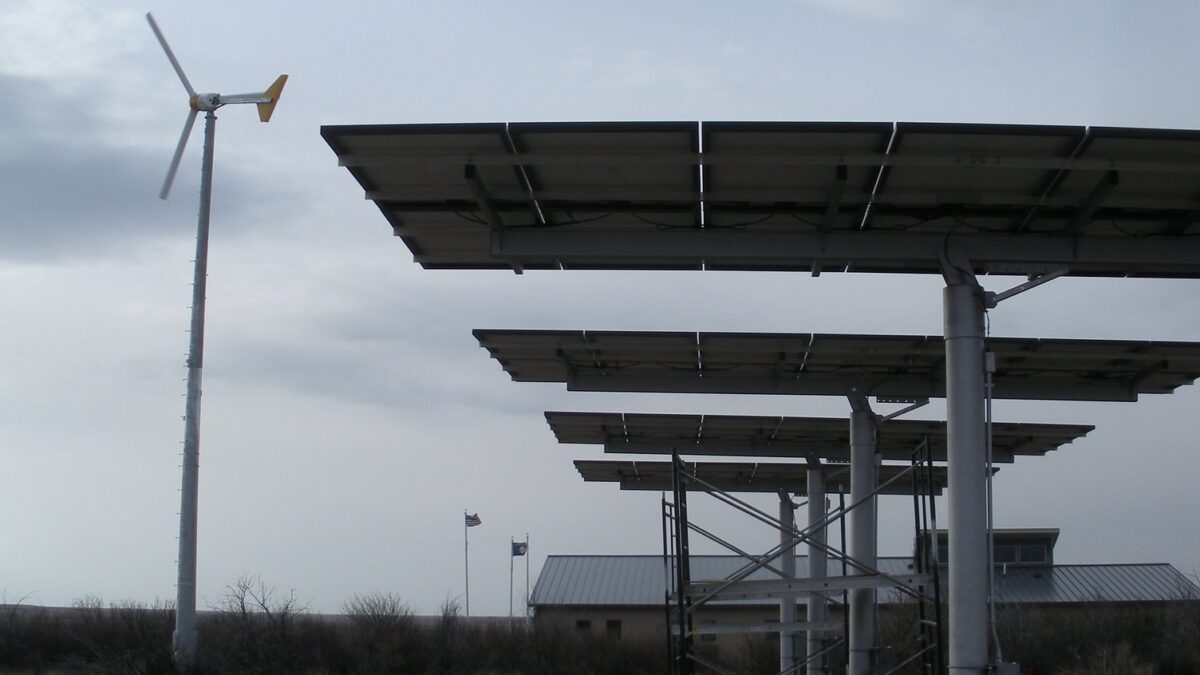
So Susan Crawford, who left the Obama administration because she was too far left, has been tapped by Vox to “explain the news” around national broadband Internet policy. Naturally for her that meant making her case for socialized Internet access.
Her position is remarkable. She makes a trifecta of wrong: her perception of the problem is wrong, her analysis of the root causes of the situation is wrong, and her prescription would only make things worse, even if you assume she’s right about the problem.
First, let’s start with her statement of the problem. Her first two sentences are factually incorrect. She claims that “Internet access… is something that the private market doesn’t provide left to its own devices.” That’s news to every single private Internet provider today.
The way she goes on from there is a marvel of doublethink. She manages to keep in her head the mutually-contradictory thoughts that the market is only serving the wealthy with high-end, expensive service, while at the same time insisting that the public option must provide high-end fiber optic connections.
What American Internet is really good at is providing cheap broadband. Low-end Comcast cable starts you at 3 Megabits for $40/month. AT&T lets you get that much for $30/month on DSL, and even will let you get a bare-bones 0.8 Megabit connection for $20/mo. That’s not a fast connection but it’s ample to give a person access to the email and web services needed to operate in today’s economy.
And that’s just in urban and suburban areas. Rural America has fewer options, as an obvious consequence of living in the middle of nowhere, but even so there are services like HughesNet which offer 5Mbit connections for $50/mo via satellite.
And sure enough, HughesNet, Comcast, AT&T, and others all offer higher end services in thier areas. HughesNet with their high-cap 15MBit plan, AT&T with their 45MBit UVerse, and Comcast with their 105MBit plan.
Sure, Crawford tries to muddle the situation by picking one specific situation in one specific part of a foreign country, and compares that narrow, cherry-picked situation (the middle of the capital of Sweden), with a nationwide average. A nationwide average for a large, continent-spanning nation with wide swaths of rural country. So, setting aside her false comparision, her idea here is to solve a problem that does not exist.
But even if we take her goal at face value, which is to set policies in America that would result in faster, cheaper Internet access for those who want it, her analysis of the problem is all wrong. She works from an assumption that what we have in America is market failure. But the problem is, we don’t even have as much of a market for wired broadband as we should. And that’s not because of mergers, which combine players from different markets into the same company. The problem is that in every local area, the government creates a monopoly through a franchise agreement.
As far back as 1984, the Cato Institute saw the problem with cable franchise monopolies, where cities pick a winner, and funnel the local residents into that service. The effects of this decades-old policy framework are magnified now that cable television providers are becoming more important as all-around Internet service providers. So this decades-old policy has been wrong all along, and it just keeps getting worse with every passing year.
So instead of fixing this process, which creates what Clint Block 30 years ago called an “unnatural monopoly,” Crawford would keep digging deeper, and create more government to attempt to fix the problem of the government we already had. I suppose in the end we’ll be left to hope that winter will take care of the rest.
The problem of local monopolies is what hinders investment in the “last mile problem.” Large-scale Internet infrastructure has been built far beyond our needs in this country. There is so-called “dark fiber” in abundance, excess capacity we’re not using, don’t need but could light up and use when needed. What we lack is the connection between that capacity at the “backbone” of the Internet, and to our home residential and commercial networks. That “last mile” of wire from the Internet to us is where we lack investment, and we lack investment because government keeps awarding monopolies instead of letting competition thrive.
Susan Crawford’s “public option” would not change the economics of the last mile. If we went from a cable monopoly to a government monopoly, there would still be no incentive to make the kind of large-scale investments in service the way that wireless providers have been forced to make, thanks to the competition thriving in their relatively low-regulatory environment. Franchise holders can sit content, while competitive wireless firms must constantly seek more spectrum, more towers, and more capacity for those towers.
Instead, under a public option, we would sign away the last shreds of privacy we have online today. I think critics and defenders of the NSA alike would agree that if we all voluntarily began sending our data (not just metadata) to government servers, then abuses would inevitably follow.
Why would Crawford get this so badly wrong? How can a person so inaccurately state a problem, the forces behind it, and a proposed solution? We’re just now going through that with Obamacare. That’s her comparison, not mine, with her “public option” language. Do we really want Internet access from a government that can’t even keep a single website up?
Neil Stevens is a freelance web engineer and RedState.com tech policy analyst. He misses California weather from his home in northern Virginia. Follow him on Twitter at @presjpolk.









